Image of Nanoparticles
Nanomaterials (NMs) are materials that have dimensions on the nanometric scale, that is, between 1 and 100 nanometers. To imagine them, let's think of dividing a one-centimeter cube into one billion equal parts: each part would have a nanometric size.
The novelty of NMs is that by controlling how they are produced (their synthesis), it is possible to obtain nano-structures with very different properties, even when they are made from the same material. At the nanoscale, their behavior changes and, consequently, so do their applications.
Types of Nanomaterials
Nano-objects: when the length, width, or height are on the nanoscale.
Nano-structured materials: when their interior or surface contains nanometric parts, with at least 10% of nano-objects in their composition.
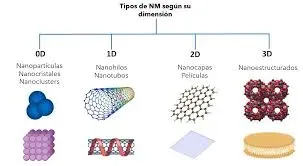
Fig. 1. Classification of NMs by dimensionality. Source: QuimicaViva vol 22 number 11.
Classification of nano-objects:
Nanoparticles (0D)
Imagine a cube so small that its three dimensions (height, width, and length) are on the nano scale. At this size, a large proportion of atoms are on the surface, which means that they have much more surface area exposed in relation to their volume. This modifies properties such as melting point, color, conductivity, or reactivity. Additionally, special phenomena (such as quantum confinement and surface plasmon resonance) appear at the nanometric scale, reinforcing these differences compared to the same material in its conventional form. A visible example of this is the intense colors of some metallic nanoparticles, as occurs with quantum dots.
The category of 0D NMs consists of nanoparticles, nanoclusters, and nanocrystals.
An example: TVs with QLED technology use nanoparticles called quantum dots, which enhance brightness and color purity.
Fig. 2. Silver nanoparticles. Source: Biodegradable films with bioactive properties. ResearchGate
Nano fibers or nanotubes (1D)
Now let’s think of an extremely thin wire. It has two dimensions on the nanoscale (the width and height of its cross-section, i.e., its diameter) and one much longer (length). Here we include nanofibers, nanotubes, and nanowires.
They stand out for their mechanical strength and semiconductor properties.
An example: Carbon nanotubes are so strong that they are being researched to reinforce construction materials like cement, and they are also used in the development of transistors and electronic circuits.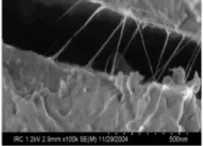
Fig. 3. Carbon nanotubes acting as linkers in the fracture of cement. Source: Design and predicting performance of carbon nanotube reinforced cementitious materials: mechanical properties and dispersion characteristics.
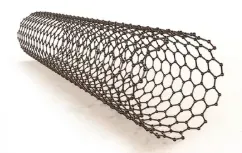
Fig. 4. Structure of a nanotube (1D Nanomaterial).
Nanoplates (2D)
Now let’s imagine a sheet of paper but with a nanometric thickness. One dimension (the thickness) is on the nanometric scale, while the others are much larger.
This “plate” or “film” format gives them great strength and conductivity, and they are generally known as thin films, nanoplates, nanofilms.
The most relevant example is graphene, made of a single layer of carbon atoms, which is 200 times stronger than steel and at the same time extremely light and flexible.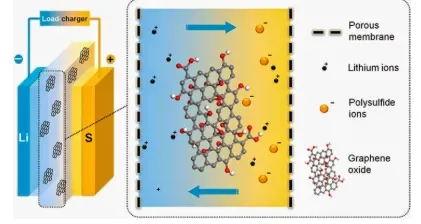
Fig. 5. Graphene oxide battery to improve the performance of traditional batteries. Source: American Chemical Society.
Nano-structured materials (3D)
Here it is not about an isolated object but about materials where nano-objects are interconnected in a matrix. In 3D materials, the “nano” is not in the external dimensions, but in their internal or surface structure, which means that the material can be seen and manipulated in a macroscopic form, but within it, there are components or pores on a nanometric scale.
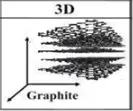
Fig. 6. 3D Nanomaterial. Source: Researchgate.
This category consists of:
Nano-structured powders
Solid particles where each “grain” has an organized internal structure on a nanometric scale.
Nanocomposites
Materials formed by several combined phases, where at least one has nanometric dimensions, achieving improved or new properties.
Solid nanofoams
Solid materials with an internal network of nanometric pores, which increase the surface and reduce the density.
Nanoporous materialsWe can think of them as a sieve with tiny holes: the pores are so small that they only allow specific molecules to pass through.
Nano-fluid dispersions
They would be like water with “invisible powder” of nanoparticles floating in it, which gives it new properties.
In summary, nanomaterials are a clear example of how what is invisible at first glance can transform technology and medicine, thanks to unique properties that only emerge at the nanoscale.
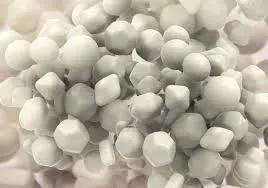
Comments